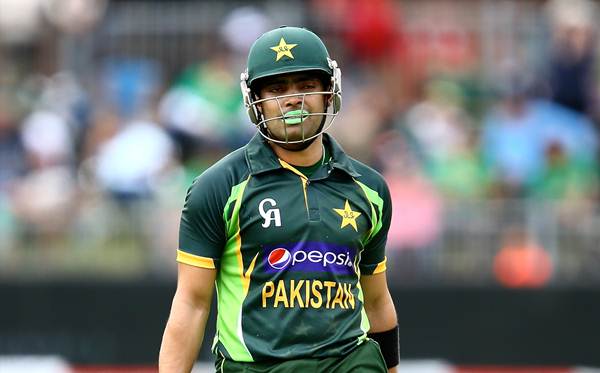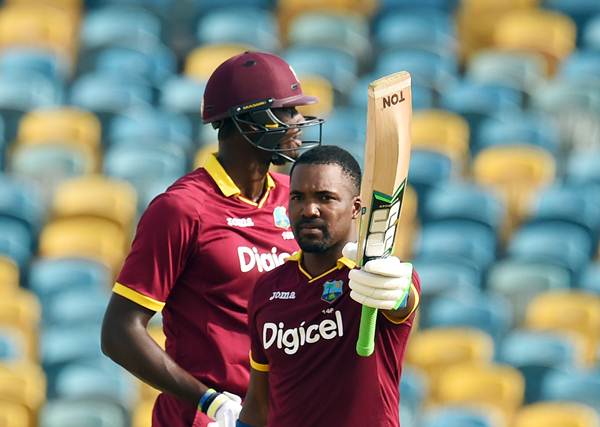Shaming the sport you play is possibly the worst you can do in your life as a sportsperson. It doesn't only downgrade you, your country, your sport but also disappoints your fans. It can be argued that any attempt to alter performance for monetary or other materialistic rewards in any sport, not only cricket should be dealt with furiously and is unforgivable. Some sports even strip the athletes of all their previous achievements and ban them permanently for life, no matter their deed or the extent of it, but not cricket.
A lot of hype has understandably been created for Mohammad Amir's return to cricket, let alone to Lord's the home of cricket where he performed his damnable deed close to 6 years ago. There have obviously been many mixed emotions. Kevin Pieterson, David Lloyd, and Ramiz Raza are notably some personalities that have called for life ban for fixers, and have openly opposed Amir's return whereas Imran Khan, Darren Gough and Atherton said that he can. How much of their respective verdicts were based on the player rather than the deed? Did we hear anything similar for Mohammad Asif, Salman Butt or even the 'unfairly' ousted Sreesanth? There can be only two ways to deal with fixing- have the same punishment for an offence on any level (since it shames sport equally), unless there is an exponential difference in the deed, or have the punishments according to the extent and consequent ramifications of the conduct.
The latter is practiced in cricket, which may seem the better option, but still has its flaws. For instance, no consideration of the offender is made- his age, his promise, his time in international cricket and experience or even the circumstances. What Mohammad Amir did was totally damnable and awfully disappointing, but it wasn't inexcusable, as "cricket is a game that gives second chances". "If [Marlon] Samuels can make it then there is no reason why I can't make it. Everyone gets a second chance and I want it too". Amir had a point.
Samuels came back, Warne did, and so did Gibbs. There was outrage, but they are still well respected and treated as greats now. The allegations came when they were well into their international career, and at a mature age- all in their mid 20s. Amir was different. Then why not? He was just 18, a teenager from the small, poor region of Gujar Khan, who could easily be brainwashed. He was new to the international scene and the politics of the game in general, and thought the task was easy and harmless enough for a few quick bucks, something that his family needed at the time. I am in no way defending him, but describing his circumstances, and experience. It was no secret that he was obviously the next big thing and probably the most promising seamer with a lot of skill and potential. It would be logical to assume that had he played for these 5 years, he would've been a phenomenal bowler, probably standing out from the rest.
These facts about him are probably why some people have supported him and have not spoken as much for Mohammad Asif or Butt, even though they served similar sentences. The truth is, some cricketers are lucky as they just do a lesser rebukable job (the extent of which is decided by the board), but nothing can be more bad, or less bad, at least in this case. Hansie Cronje, Mohammad Azharuddin or Danish Kaneria didn't survive, but others like the previously mentioned did.
It is probably universally agreed that any deed that spoils or brings stigma to sport should be severely admonished, but I call for more factors to be taken into consideration. . It was completely unethical and damnable for Shane Warne, or Gibbs and Samuels to be involved in this, as not only were they mature in life and international cricket, money certainly didn't create a barrier to a comfortable lifestyle as it is there in abundance in cricket. Warne was obviously really promising at 25 too, and he wouldn't have taken those 700 wickets if he had been banned, or Samuels wouldn't have won those two World Cup finals for West Indies. Similarly, other players like Ajit Chandila, Shalabh Srivastava or Mervyn Westfield (have you heard any of these names before), all banned for life weren't as promising or in even in the international scene, and wouldn't have achieved anything comparable in their career, hence, the lack of support for them.
Players like Asif and Butt though were well established and already had amicable records, and then they betrayed sport and their fans, just like Azharuddin and Cronje, which is probably why no one rallied with or around them. The betrayal was too much to take for the fans and even the officials. This wasn't the case with Amir, Gibbs or Samuels. Noone wants to be remembered as a spot fixer and Amir has ensured that he will also, in part, be remembered for his cricket with charismatic performances.
In conclusion your deeds do decide your future, but your perspective and public opinion of you also does. No one would've supported Azhar, or Cronje (international captains) or even Asif, but people did support Amir and Samuels in part because of their promise and their inexperience. Some players also had a late change of heart like Gibbs, Warne and Henry Williams, that shortened their sentences. Spot fixing is definitely no good, but don't make it inexcusable or even excusable for everyone. Your reputation should be as much a basis of your punishment as your deed. And, if there is anything cricket stands for, isn't it second chances?







